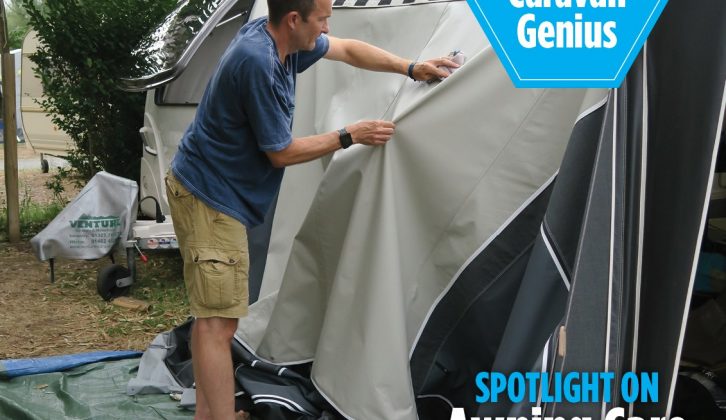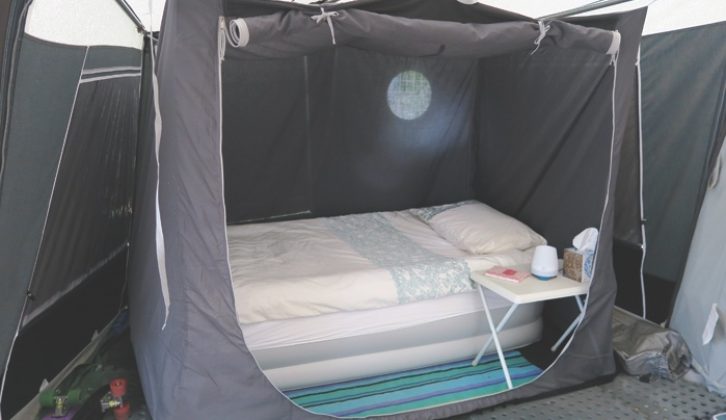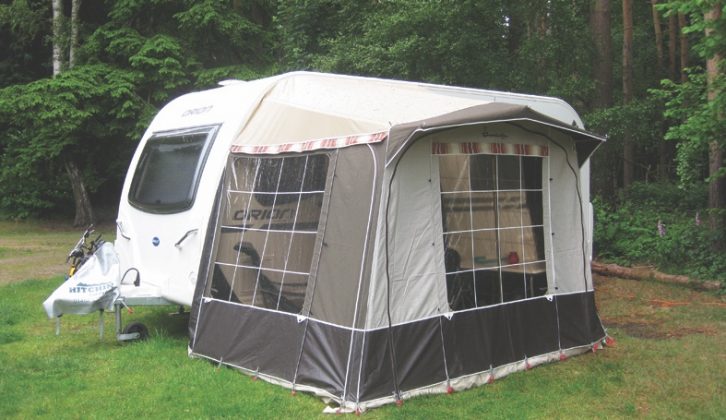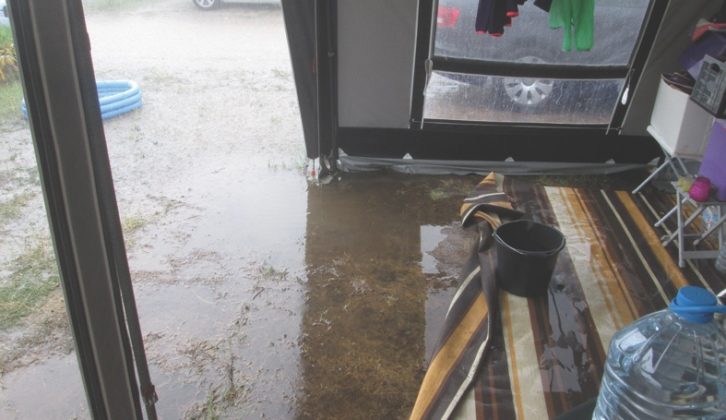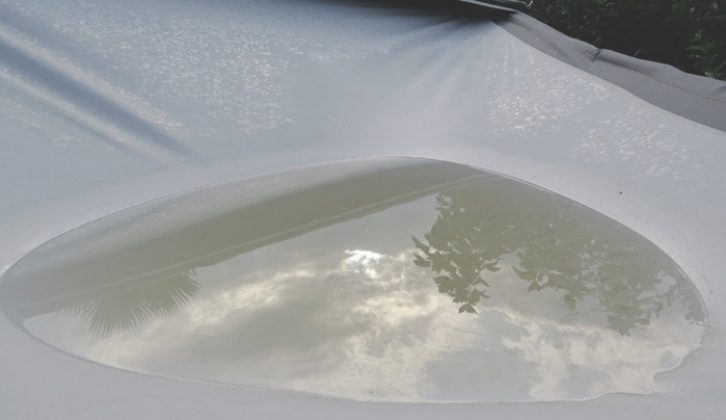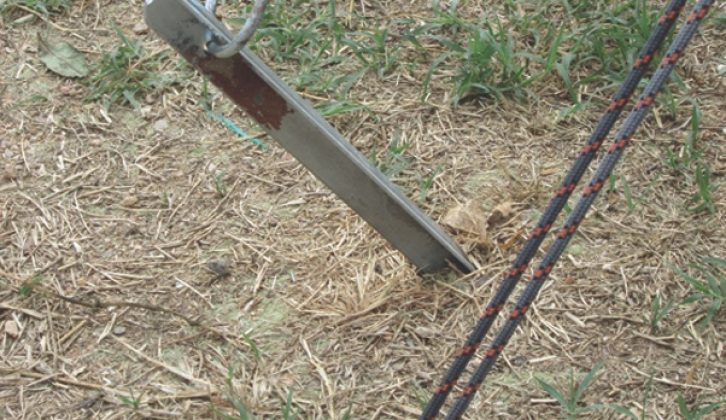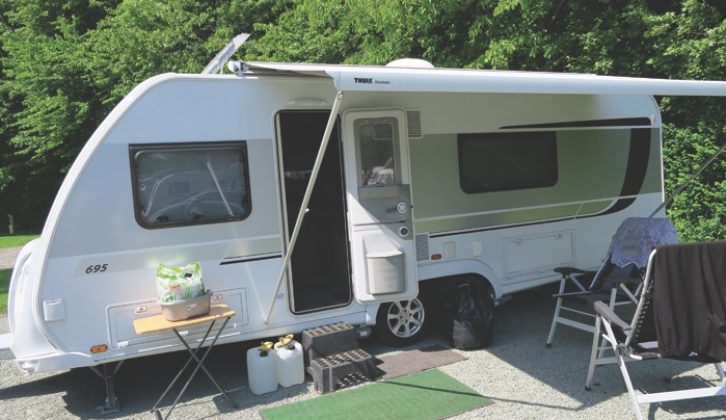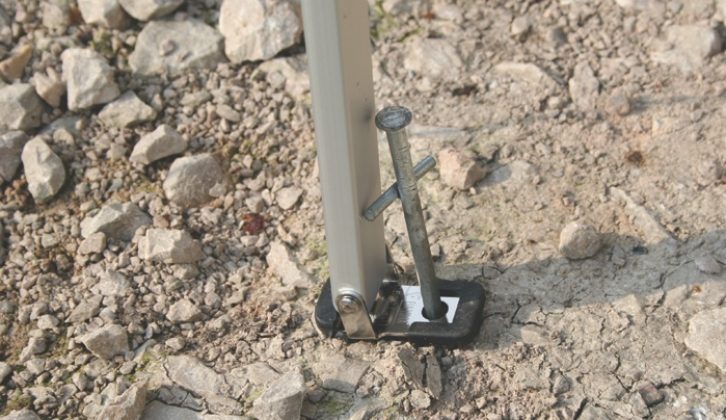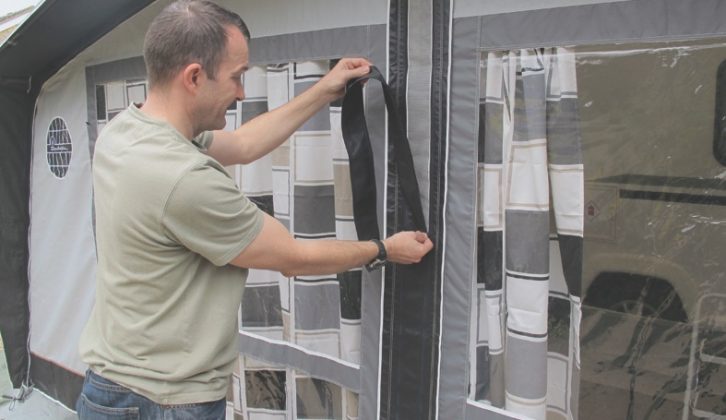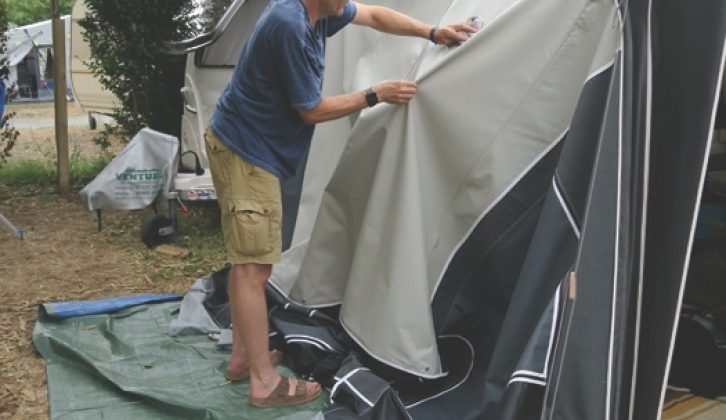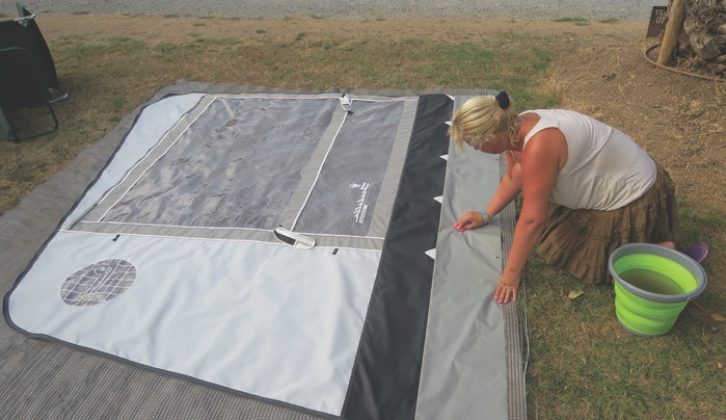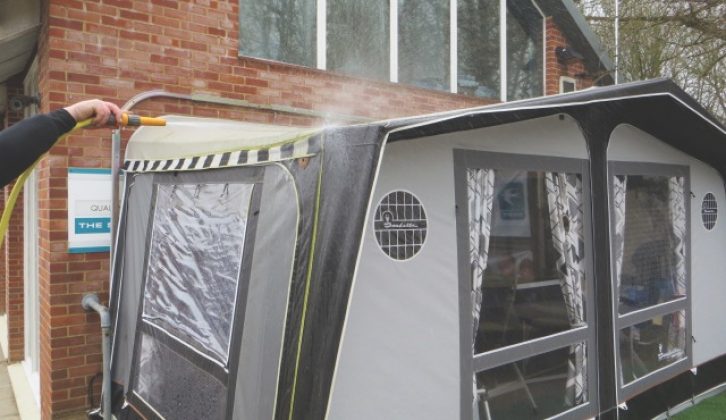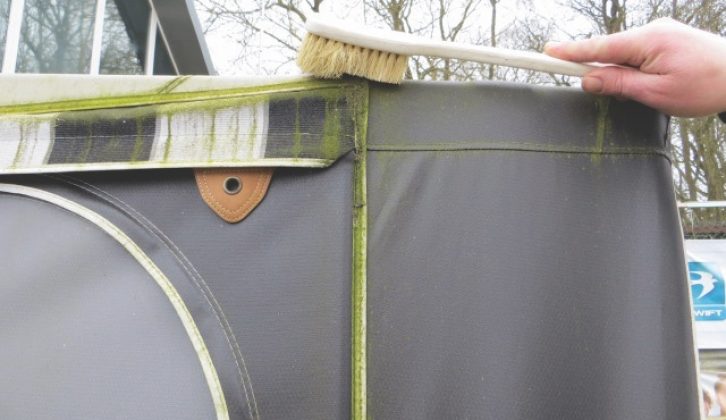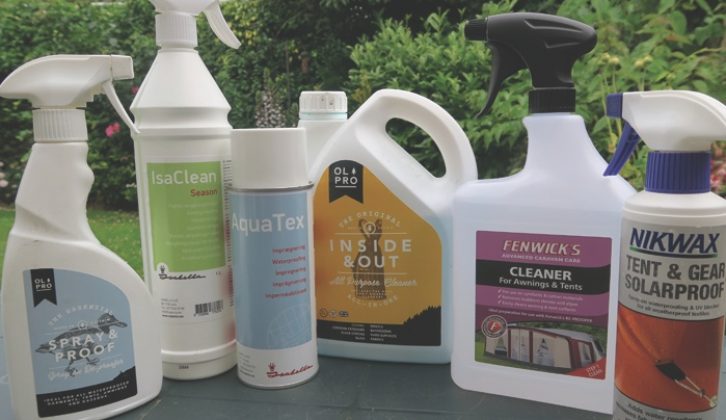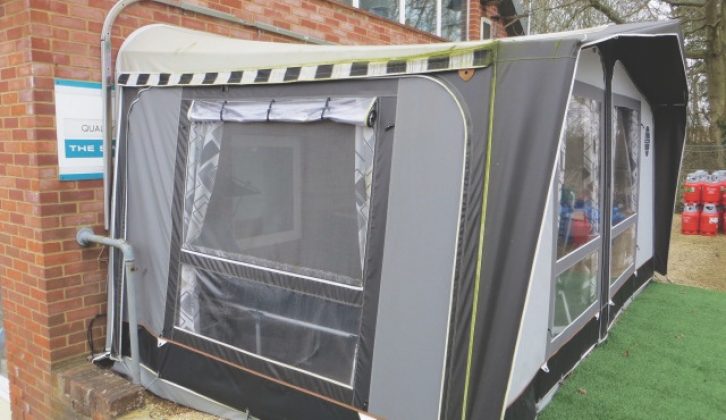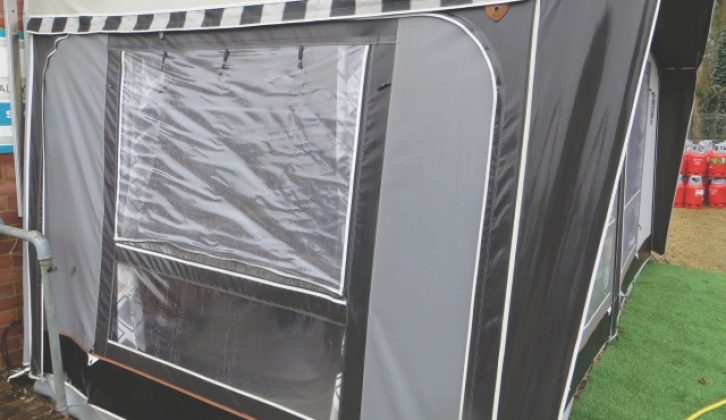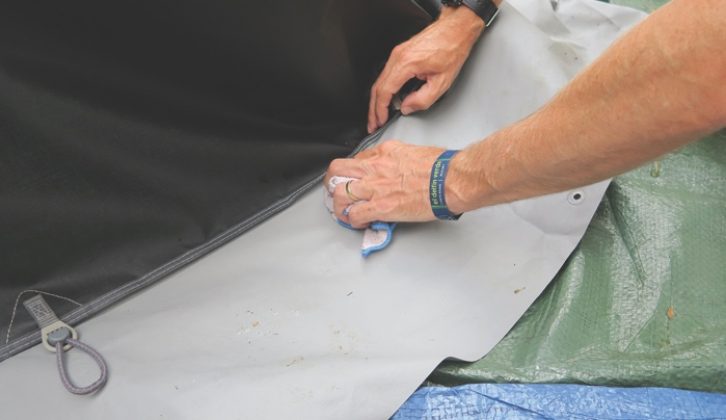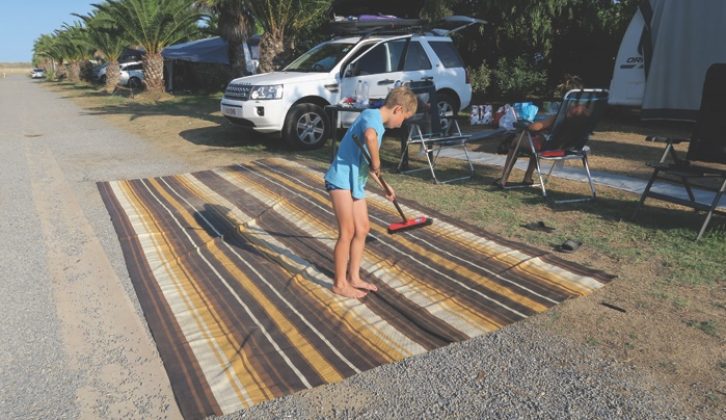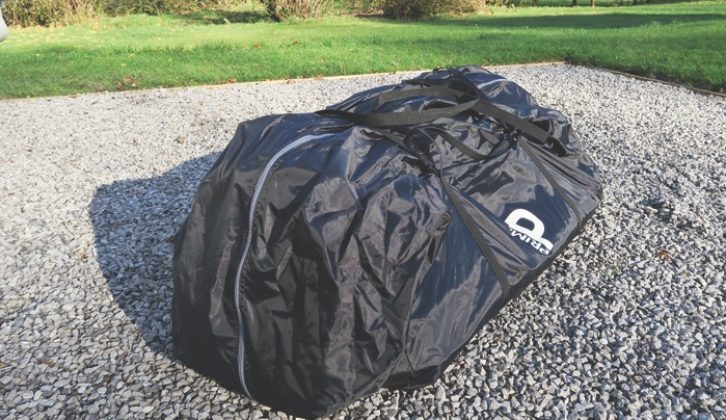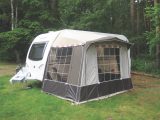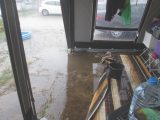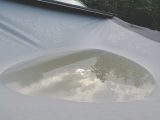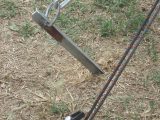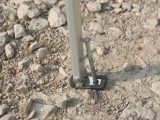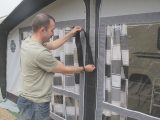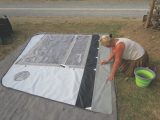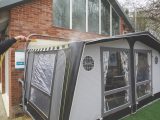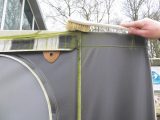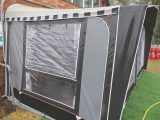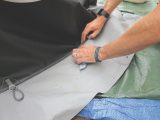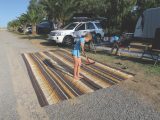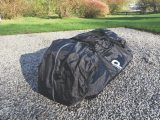After purchasing your caravan, an awning is probably going to be one of the most expensive accessories you decide to buy. A key part in getting your money’s worth will be in how you go about maintaining your caravan awning.
An awning can offer you a much needed respite from the elements, providing shelter from the sun and protection from the rain. And for those of you who enjoy long stopovers, the awning can also be really handy for additional sleeping and dining space, as well as providing extra storage for kit.
My first one was an Isabella porch awning, given to me by my father. Having bought a new caravan, the finances were tight, so this was a welcome addition.
I would estimate it’s about 28 years old now, but it is still in super condition and remains waterproof. The only tell-tale sign of its age is the colour of the fabric.
It makes sense to look after your awning or canopy, so here are some simple tips that should help to prolong its life.
Pitch carefully
Most of us turn up on site and look for our ideal pitch close to the amenities, with no thought for what might be above or around us. Before selecting a pitch, look up and identify the trees overhead.
Oaks are a great favourite with squirrels and it is not unknown for these cute little rodents to drop their acorns on the awning roof.
Pine trees have a pleasant aroma, but they also drip sap, which is a very sticky substance. This is not great if it lands on your awning and really needs to be cleaned off quickly.
While you are assessing the type of tree above you, look out for dead branches. The last thing you want is for boughs to fall and rip the awning fabric.
Trees are also, of course, home to the birds and while they look and sound lovely, they often leave unwelcome deposits. Try to clean away the mess sooner rather than later, or the awning material might be permanently stained.
Most pitches are on relatively level land, but occasionally, it might be undulating. Pitch so that the ground falls away from the awning. In the event of a heavy downpour, rainwater will drain away from your pitch.
Sometimes it is very difficult to pitch that way, as we found on one of our trips to Spain. After a torrential downpour, the campsite turned into a river, causing a great deal of damage. Fortunately, we came off relatively lightly and no serious harm was done.
When assembling an awning, make sure that you follow the manufacturer’s instructions. The awning should be taut, to prevent puddles of water pooling on the roof. If this has happened, just gently push the water off, because it could deform the material if left there for a long period of time.
If I had to choose one piece of awning kit to recommend, it would be storm straps.
On one of our holidays in Spain, we were surprised by the severity of the wind and found ourselves (along with many others) deploying additional pegs and guy ropes in the early hours of the morning. We now fit our storm straps as a matter of course.
Some canopy awnings can be rather large and might act like a kite in a strong wind. I’d recommend pegging the canopy down or attaching storm straps to prevent the wind getting underneath and potentially causing damage.
Some materials are not ‘breathable’, so if you intend to cook inside your awning or use it for sleeping, you might find condensation forming. That’s why zipped air vents are an important fitting, to provide adequate ventilation.
What should I clean my caravan awning with?
Cleaning and reproofing your awning at the end of the season will prolong its life.
However, it is important to check with the manufacturer about how to clean it. There are various ways to do this: you can clean the awning in situ, by dropping the sides and resting them on the side of the caravan, or alternatively, lay it out on the groundsheet. Bear in mind that you might need steps to help you reach the more awkward places.
Rather than cleaning fluids, some manufacturers simply recommend using water and a brush.
This is fine for removing dust and giving the awning a general clean, but stubborn stains, such as algae, tree sap and birds mess, might require some specialised cleaning products.
Be very cautious about using cleaning fluids and check first that they are suitable for the type of material that your awning is made from.
Many manufacturers, such as Kampa and Isabella, also sell their own brands of specialist awning cleaner and reproofer.
A good clean really does make all the difference and is worth the hard work, as you can see from the before and after photos.
While you’re working on the awning, don’t forget to clean the skirt and draught skirt, because they tend to get quite muddy, particularly during wet weather. We often rope in the children to help take care of the groundsheet.
How to pack away a caravan awning
Packing away your awning can be like attempting origami, but on a much larger scale.
Many’s the time we have had to fold, unfold and refold our full-size awning!
Try to avoid folding on the window panels, because this can damage them. In addition, be mindful of where zips and other protruding objects are when folding.
Lastly, I do like the oversized carry bags that manufacturers tend to supply with the awning. This makes life so much easier. There is nothing worse than grappling for hours trying to get the awning back inside the bag that it came in.
How to pack away a wet caravan awning
Packing your awning away completely dry saves a great deal of time and effort when you get home. Unfortunately, our climate doesn’t always enable us to do this. It is very important to pack the awning away dry. If it is wet, either inside or out, on your leaving day, simply dismantle it and lay it out in your caravan.
On returning home, lay out the awning for a few days in the garage or a spare room, to be absolutely sure it is dry.
The reason for this is that if you pack your awning tightly away and leave it in the attic while it is still damp, mould will start to grow.
The last thing you want to find when unpacking on your next trip is a mouldy, smelly awning. Even using the various products on the market, mould stains are notoriously difficult to remove and can be quite unsightly. As ever, prevention is better than cure!
Final thoughts on how to take care of your caravan awning
An awning is an expensive, but important, bit of kit, offering great storage solutions and extra sleeping compartments. But with careful cleaning and storage, it should provide years of good service, just like my Isabella porch awning!
Future Publishing Limited, the publisher of practicalcaravan.com, provides the information in this article in good faith and makes no representation as to its completeness or accuracy. Individuals carrying out the instructions do so at their own risk and must exercise their independent judgement in determining the appropriateness of the advice to their circumstances. Individuals should take appropriate safety precautions and be aware of the risk of electrocution when dealing with electrical products. To the fullest extent permitted by law, neither Future nor its employees or agents shall have any liability in connection with the use of this information. You should check that any van warranty will not be affected before proceeding with DIY projects.
If you enjoyed reading about our tips, why not check out some of these…
We look at the best caravan awnings
We outline some simple checks to get your caravans ready for the road
Here’s everything you need to know about choosing the right towbar
If you’ve enjoyed reading this article, why not get the latest news, reviews and features delivered direct to your door or inbox every month. Take advantage of our brilliant Practical Caravan magazine SUBSCRIBERS’ OFFER and SIGN UP TO OUR NEWSLETTER for regular weekly updates on all things caravan related
It makes sense to look after your awning or canopy, so here are some simple tips that should help to prolong its life.
